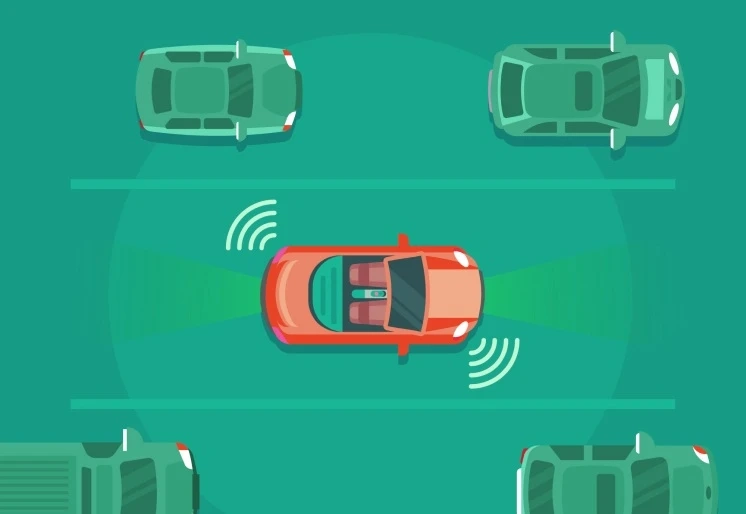Internet of Things (IoT) sensors enhance energy efficiency in smart buildings through several mechanisms:
Real-time Data Collection: IoT sensors continuously gather data on various aspects of building operations, including temperature, occupancy, lighting, and appliance usage. This real-time data provides insights into how energy is consumed within the building.
Optimized HVAC Systems: IoT sensors monitor indoor and outdoor conditions and adjust heating, ventilation, and air conditioning (HVAC) systems accordingly. For example, if a room is unoccupied, the system can reduce heating or cooling to save energy.
Predictive Maintenance: IoT sensors can detect equipment malfunctions or maintenance needs before they become critical. This proactive approach prevents energy waste caused by inefficient equipment.
Energy Management Systems: IoT sensors are integrated into energy management systems that use data analytics to identify patterns and anomalies in energy usage. This helps building managers make informed decisions about energy conservation strategies.
Smart Lighting: IoT sensors can control lighting based on occupancy and natural light levels. Lights can automatically dim or turn off when no one is present, reducing electricity consumption.



